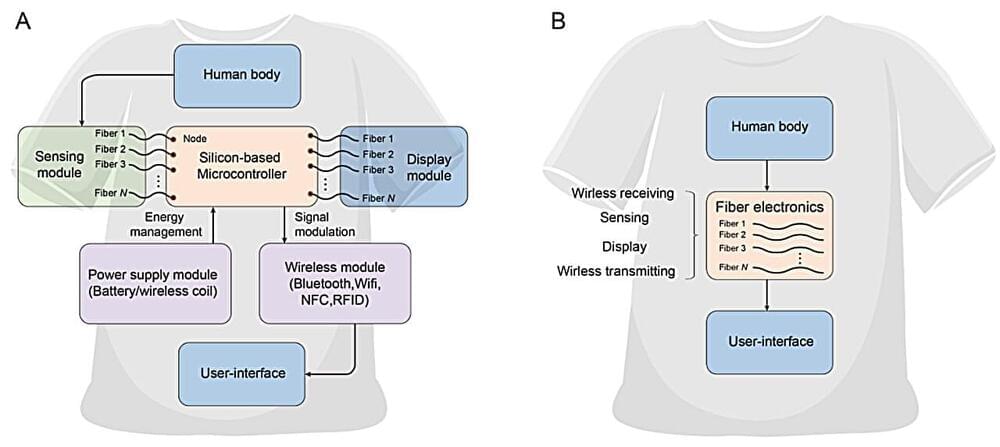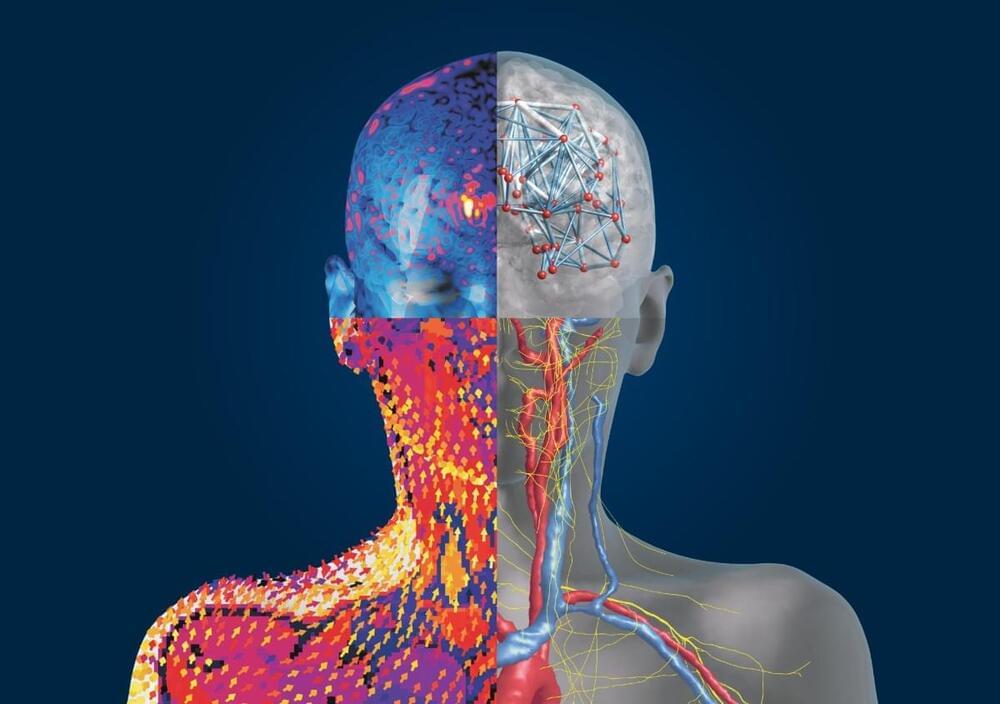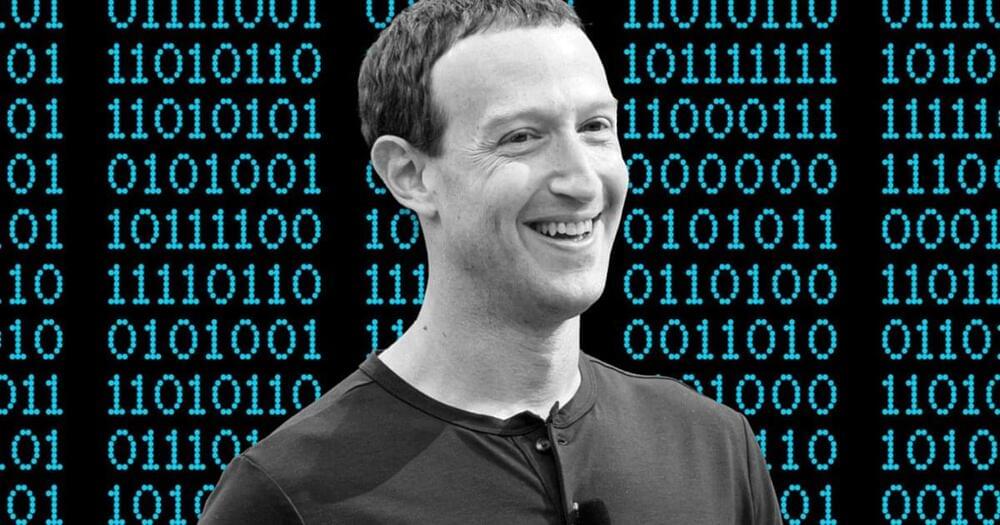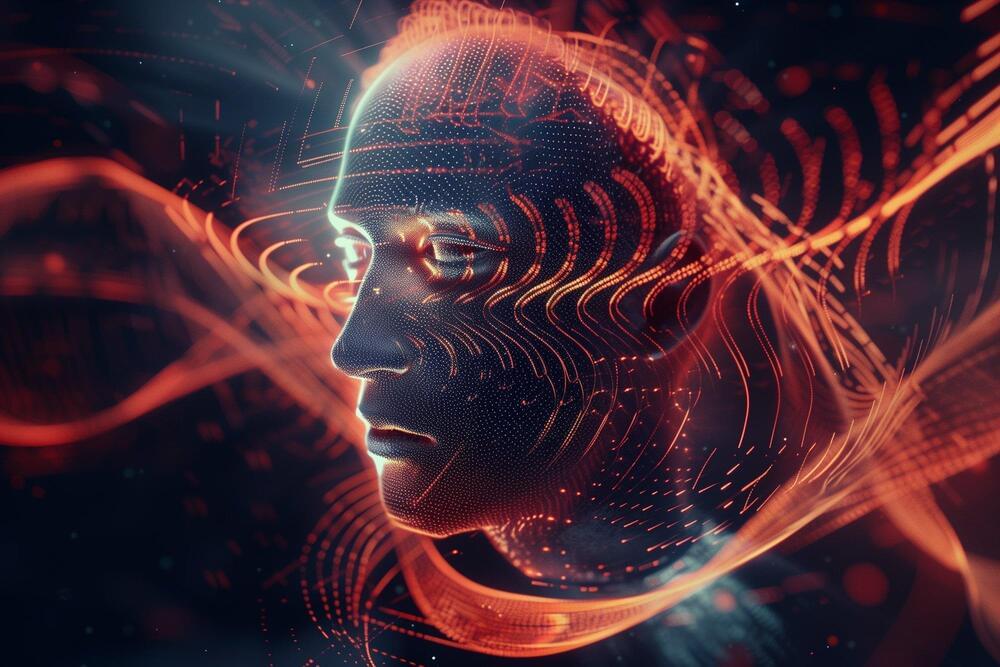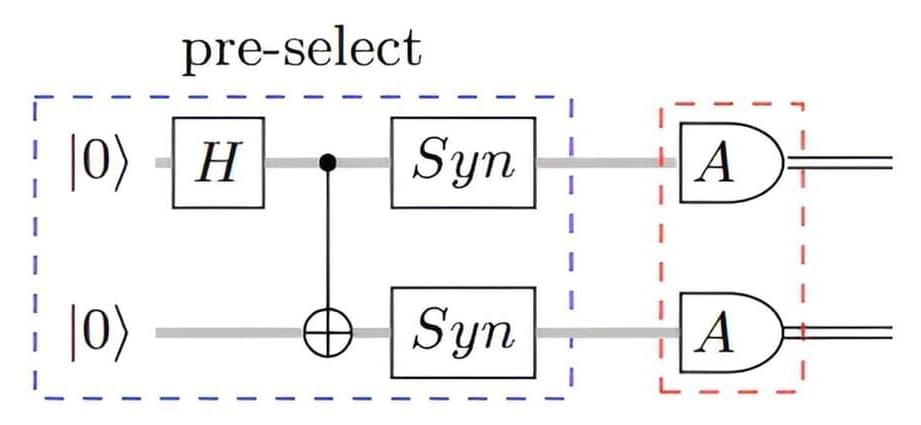Apr 25, 2024
Quantum Computing Meets Genomics: The Dawn of Hyper-Fast DNA Analysis
Posted by Saúl Morales Rodriguéz in categories: biotech/medical, computing, information science, quantum physics
A new project unites world-leading experts in quantum computing and genomics to develop new methods and algorithms to process biological data.
Researchers aim to harness quantum computing to speed up genomics, enhancing our understanding of DNA and driving advancements in personalized medicine
A new collaboration has formed, uniting a world-leading interdisciplinary team with skills across quantum computing, genomics, and advanced algorithms. They aim to tackle one of the most challenging computational problems in genomic science: building, augmenting, and analyzing pangenomic datasets for large population samples. Their project sits at the frontiers of research in both biomedical science and quantum computing.



